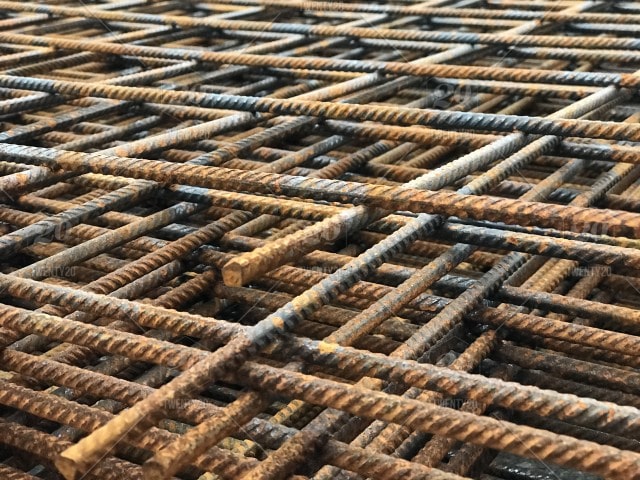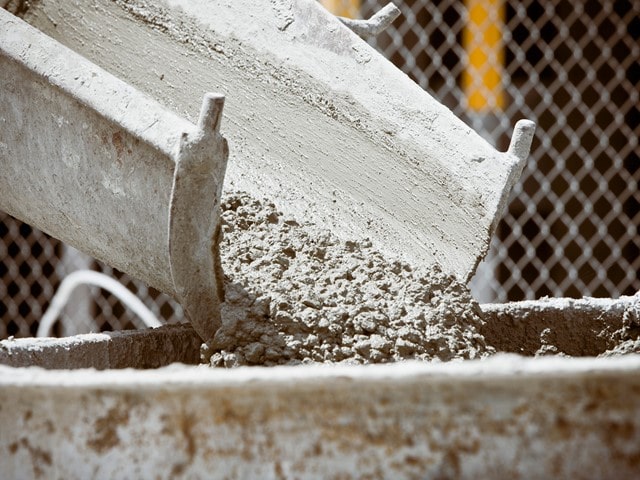
Construction Materials Energy Efficient
The power efficiency of building and construction materials is figured out by how they take care of warmth, just how the heat is transferred through those materials, and how well the products hold or store the heat. Since warm always relocates from hotter to chillier, throughout the summer when outside temperatures are greater than the temperature inside a structure, the warmth is transferred with the wall surfaces from outdoors to within. Alternatively, during the wintertime, the warmth is transferred from the within the structure to the exterior. The efficiency of construction products – as well as just how much power intake they minimize – relies on just how quickly warmth transfers through the materials (just how well they hold the heat). Energy performance is measured by the mentioned R-value of the structured product; when combined with various other materials such as drywall, bit bored, or stucco, the adjusted measure is referred to as mass-enhanced R-value.
The R-values of conventional stud wall surface construction utilizing either timber or steel studs with shielded wall surface cavities can differ relying on the dimension, make-up, and also spacing of the studs. Studs carry out even more warmth than insulation does consider that they prolong through the wall surface as well as have a little R-value. To accomplish any type of level of effectiveness with stud wall surface building, it is essential to cover the framework with an architectural protected panel of plywood or oriented strand board loaded with increased polystyrene (EPS) or other foam product, which leads to an R-value of 5.0 per inch of density.
Typical block masonry construction is among the extra energy reliable building approaches as compared to stud wall building and construction. A standard, 8″ hollow block has an R-value of 1.75, which is low enough to be considered energy efficient. Nevertheless, the R-value can be improved by adding foam insulation outside or inside the blocks (commonly the hollow block cores are loaded with grains or infused foam made from polystyrene or a comparable foam).
More energy efficient still is precast concrete wall building and construction, which is developed from high stamina concrete with reinforcing fibers and steel. The concrete is made even more energy efficient by building insulation right into it, which gives it an R-rating in the neighborhood of 12.5.

One of the most energy-efficient construction techniques is those which integrate concrete with insulating foam in an incorporated means. The state-of-the-art approach is called Insulated Concrete Type (ICF) construction, which is a strengthened concrete method far more power effective as well as quicker to set up than conventional block masonry or precast concrete walls. In an ICF building, hollow rectangle-shaped EPS foam kinds are stacked and lined with steel rebar, and after that full of concrete. When the concrete sets, the EPS foam which bonds to the concrete while doing so ends up being an inner as well as an external layer of insulation.
The forms interlock like a kids Lego collection and can be rapidly put together. The blocks are not produced to a structure’s exact specifications and also dimensions. The blocks have to be reduced to some extent to precise size and to make openings for doors and windows; however, this is easily done by hand. Because the within foam – concrete – outside foam construction creates a triple insulation obstacle, ICFs are one of the most efficient building products with R-40 or higher power scores.
For more information about energy-efficient building materials contact BalthazarKorab for further info.
